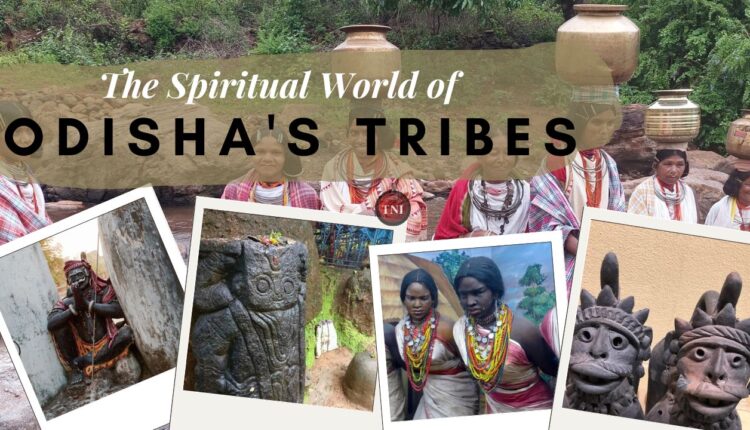Sacred Roots: The Tribal Beliefs of Odisha
The tribal religions of Odisha are deeply rooted in animism, where the belief in nature’s spirits and forces of the environment plays a pivotal role in everyday life.
Odisha, the state known for its rich cultural heritage and diversity, is home to a multitude of tribal communities, each with its unique traditions, customs, and religious practices. The tribal religions of Odisha are deeply rooted in animism, where the belief in nature’s spirits and forces of the environment plays a pivotal role in everyday life. These tribes, largely inhabiting the state’s forested regions, maintain a close bond with the land, rivers, trees, and mountains, which they revere as sacred entities.
For many of these tribes, the religious experience is not confined to temples or structured rituals, but is an ongoing relationship with the natural world around them. The deities they worship are often not abstract beings but personifications of natural elements. Among the Santals, Gonds, and Khonds, for example, the worship of nature spirits, ancestors, and gods associated with fertility, harvest, and protection is an integral part of their spiritual lives. Central to their belief systems is the reverence for sacred groves, trees, and stones, which are seen as the dwelling places of spirits.
For the Khond tribe, the earth is not just a physical place but a sacred entity, and their most revered deity is Maa Tarini, the goddess of the earth, whom they worship for protection, fertility, and prosperity. This reverence for the earth is also shared by the Saora tribe, who hold Dai Ma (Mother Earth) in high regard. The Kharias, too, revere spirits that dwell in the forest, with Nuaga, the forest god, being one of the most significant deities in their pantheon. For them, the forest is a sanctuary, and their religious practices are deeply intertwined with the rhythms of the natural world.
While the tribal deities of Odisha vary from tribe to tribe, one common thread running through them all is the connection to the land. These tribes view themselves not as separate from nature, but as part of an intricate and interconnected web of life. The Munda people, for example, worship Singbonga, the sun god, and believe that their well-being is intricately tied to the forces of nature. Their rituals, often held in sacred groves, are aimed at appeasing spirits that govern everything from weather patterns to agricultural success.
Support Independent Journalism? Keep us live.
Though many of these tribal religions maintain strong elements of animism, there has also been a fusion of Hinduism with tribal beliefs, especially in areas closer to urban centers. The influence of deities like Lord Jagannath, Lord Shiva, and Maa Durga has gradually woven into the fabric of tribal spirituality, resulting in a syncretic belief system that blends indigenous traditions with more widely practiced religious customs.
The role of rituals in tribal Odisha cannot be overstated. These communities perform elaborate dances, music, and sacrifices as part of their worship. The Bonda tribe, for instance, is known for its distinct rituals involving animal sacrifices, dances, and prayers to ensure a bountiful harvest and protection from harm. Similarly, the Koya tribe has their own unique rituals, honoring spirits that protect the forest, their livelihoods, and their community.
At the heart of these religious beliefs is a profound respect for ancestors. Many tribes in Odisha believe that the spirits of their forebears continue to influence their lives, guiding them through both good times and difficult periods. Rituals honoring the dead, offering food, and performing dances for the ancestors are significant aspects of many tribal customs.
The religious practices of Odisha’s tribes also highlight their respect for social order and justice. Deities like Dharmapada of the Bhumija tribe serve as symbols of justice, ensuring that fairness prevails in their communities. For the Gond tribe, Bura, the god of protection, is considered a guardian deity, invoked during times of crisis or danger to safeguard the community.
As the world changes around them, these tribal religious practices remain grounded in a deep reverence for the natural world and the forces that govern it. Even as some of these tribes are increasingly exposed to mainstream religions and modernity, their belief systems continue to thrive, preserving the rich cultural fabric of Odisha. In a rapidly changing world, the religious life of Odisha’s tribal communities remains a testament to their resilience, their connection to the land, and their unwavering belief in the power of nature.


Comments are closed.